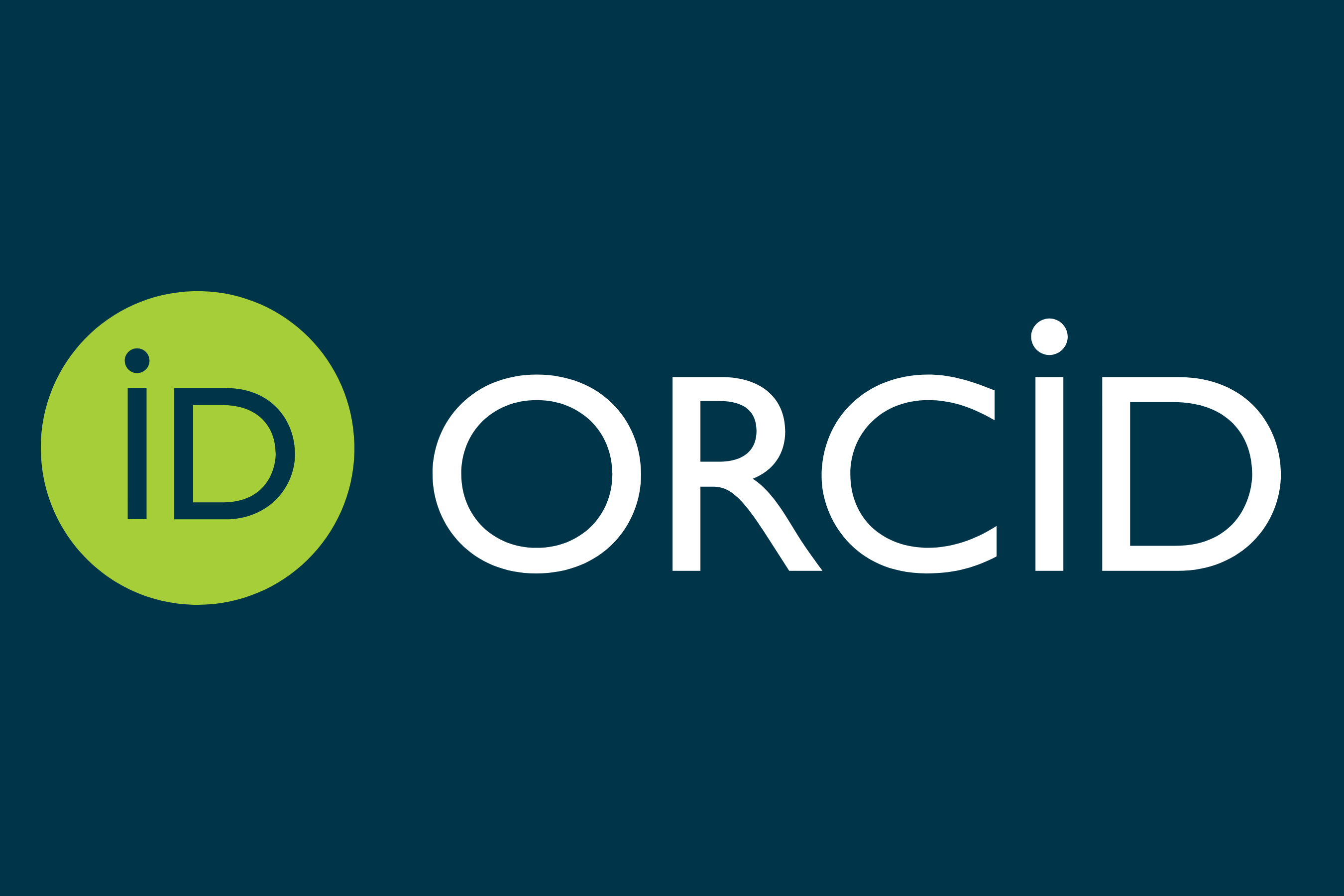اهمية اللغة الأنجليزية في القطاع السياحي والفندقي
Abstract
English is one of the world's most widely spoken languages, but it is the universal language adopted in most countries of the world, especially nowadays. As people around the world rely on it in their social and economic well-being. English has begun to be rooted internationally in political, commercial, security, communications, entertainment, communication, media and education.
Tourism is an old human activity that was developed rapidly at the end of the last century. It is simply traveling from one country to another for several reasons, most important of which are entertainment and sightseeing of different countries. And that the tourism industry is linked with the human desire to know and to transcend borders. The travel and tourism market has proved that it can absorb the world until it is said that tourism industry the world to the whole world.
Thus, English is a language of support for people traveling around the world, including tourism campaigns, business meetings, academic conferences, international conferences, etc. Tourist notices, emergency instructions, maps and street signs are all written in English along with the local language.
This required the worker in the field of tourism in addition to the hotel industry as well as the traveler to another country and the son of the country to learn English. As learning this language is one of the programs of general tourism education for the three advanced classes.
As a result, the ability of tourism and hotel operators to communicate with foreign tourists is important for the growth of the developed and thus economic growth of the future country. This results in increased satisfaction of tourists and ensuring their return to visit. It is therefore necessary to introduce English into training programs for workers in the tourism and hotel sectors.
Downloads
Downloads
Published
Issue
Section
License
The journal of Administration & Economics is an open- access journal that all contents are free of charge. Articles of this journal are licensed under the terms of the Creative Commons Attribution International Public License CC-BY 4.0 (https://creativecommons.org/licenses/by/4.0/legalcode) that licensees are unrestrictly allowedto search, download, share, distribute, print, or link to the full text of the articles, crawl them for indexing and reproduce any medium of the articles provided that they give the author(s) proper credits (citation). The journal allows the author(s) to retain the copyright of their published article.
Creative Commons-Attribution (BY)









